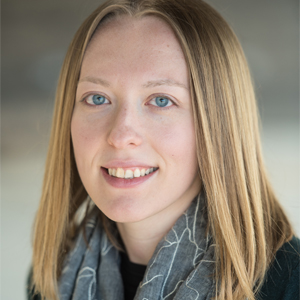Hope for a cure hangs on research
“Wait for science to catch up,” a physician told Hailey Adkisson after failing to diagnose or effectively treat Adkisson’s daughter Juniper, who suffers from undiagnosed epilepsy. Statements like these are common in the rare disease world that Adkisson’s family navigates.
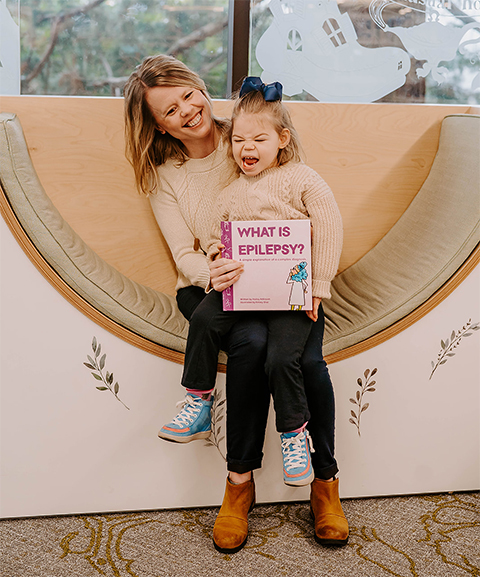
Adkisson's reality has become a nightmare amidst the cuts and dismantling of scientific research happening in the U.S. For example, the president’s proposed budget for fiscal year 2026 slashes NIH and National Science Foundation funding by 40% and 55%, respectively.
“If rare disease research slows down or stops,” Adkisson said, “people — including children (my family) know(s) directly — will die. It’s not a question of if; it’s when. This includes Juniper. Her seizures are getting more severe as she gets older. Seizures lead to more seizures. We need treatment options before it is too late. We need people to care.”
In the U.S., a disease is considered rare if it affects fewer than 200,000 people, but many impact far fewer. With over 10,000 rare diseases, there are nearly 30 million Americans, mostly children, impacted. Most of these conditions are life-threatening, genetic and lack approved treatment.
For families like Adkisson’s, research is their only hope. Adkisson became part of the rare disease community after her daughter, Juniper, began having seizures at six months old. Until then, Adkisson said Juniper seemed healthy. But once the seizures began, they never stopped.
Juniper’s doctors have tried more than a dozen antiseizure medications, and she has undergone two brain surgeries. One was a hemispherectomy to remove one side of Juniper’s brain in the hopes of stopping her seizures. It didn’t work. She now lives with a device implanted in her chest to help regulate brain activity.
In search of answers, Juniper and her family underwent genetic testing multiple times, which yielded no known deleterious mutations. Eventually, they reached out to the Undiagnosed Diseases Network, or UDN, a federal research initiative that studies cases like Juniper’s. They are currently conducting studies using some of her brain tissue. According to a UDN’s 2024 report, they have helped diagnose 750 patients and defined 75 new conditions.
However, Juniper remains undiagnosed, making it difficult to find treatments or assess whether relatives are at risk of a similar disorder. Continued research through the UDN is their only path forward, but the federally funded program could be affected by proposed budget cuts.
Those who have rare and complex health conditions often feel alone, especially now. Adkisson has taken her family's experience and launched an organization, Simply Complex Stories. They publish illustrated books to teach children about complex medical conditions, like epilepsy.
Life-saving power of newborn screening
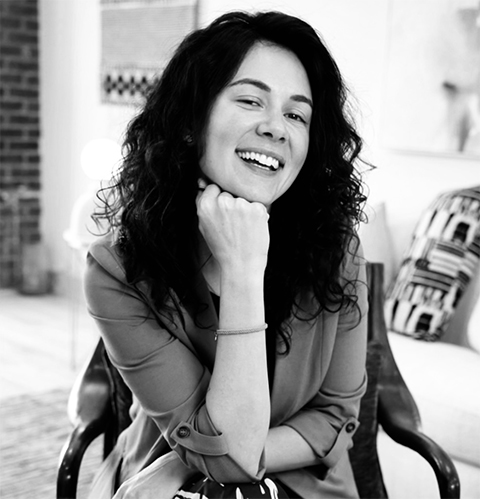
Lauren Hughes, a pediatrician and mother to a rare disease patient, said research saved her son’s life.
He lives with medium-chain acyl-CoA dehydrogenase deficiency, or MCAD, a rare metabolic disorder that prevents the body from breaking down medium-chain fatty acids. MCAD affects about 1 in 20,000 children in the U.S.
Doctors identified MCAD in Hughes’ son via newborn screening, an optional medical initiative that tests newborns for about 38 genetic conditions, enabling early detection and treatment. This program would not exist without federally funded science that helped identify the mutations responsible for these conditions.
The Trump administration recently terminated the advisory committee responsible for recommending updates to the newborn screening program, meaning rare genetic diseases discovered in the future could go undetected. Hughes said she finds this action greatly concerning.
“If (my son) had been born even 25 years in the past, he wouldn’t have survived,” Hughes said. “Without newborn screening and the advisory committee that expanded the testing to include my son’s condition, I wouldn’t have a living and healthy five-year-old boy.”
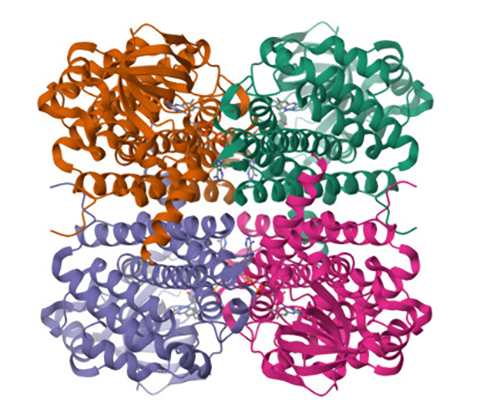
Unlike many rare diseases, MCAD can be managed. However, early diagnosis is key to patient survival. Those with MCAD cannot go without food for long periods; if they do, they develop dangerously low blood sugar levels, causing them to become comatose and potentially die.
According to Hughes, receiving her son’s diagnosis early allowed her and her family to adapt and keep him alive.
“When he was a newborn, I had to wake and nurse him every two hours, around the clock,” she said. “(I)t was scary, stressful and exhausting, but it enabled him to survive.”
Hughes said she still lives with daily fear because each overnight requires careful planning, and even the common cold could become a health crisis for her son.
“Even if a rare disease isn’t always fatal, it can still be life altering,” Hughes said. “These kids matter. These families matter. Their lives can be improved by continued research.”
Rare disease research benefits all
The Trump administration’s proposed cuts to biomedical and public health research might seem like distant policy decisions to some and a professional crisis to scientists — but for families affected by rare disease, it could mean the difference between life and death.
“Our daughter is in the rarest of rare categories,” Adkisson said. “There is so little funding already for undiagnosed rare disease.”
Rare disease research benefits all of us, even if we aren’t part of the rare disease community. It has led to breakthroughs in our understanding of genetics, cell biology, cancer and more.
Despite this mutual benefit, many rare disease families feel invisible. Adkinsson said conditions like epilepsy receive less funding than other neurological disorders. For example, in fiscal year 2023, the NIH budget totaled approximately $47.7 billion. Of this, $245 million funded epilepsy research, while Alzheimer’s and dementia research received over $4 billion.
This is why parents like Adkisson and Hughes speak out on social media about the dismantling of scientific research happening in the U.S.
From both stories we can learn an important lesson: Science isn't just a job or new knowledge. It’s a lifeline to patients who have little hope. When the government cuts rare disease research funding, it tells families across the country, like Adkisson and Hughes’, that they don’t matter. Science can’t catch up to help these rare disease patients and families if we don’t fund it.
Enjoy reading ASBMB Today?
Become a member to receive the print edition four times a year and the digital edition monthly.
Learn moreGet the latest from ASBMB Today
Enter your email address, and we’ll send you a weekly email with recent articles, interviews and more.
Latest in Opinions
Opinions highlights or most popular articles

How pediatric cataracts shaped my scientific journey
Undergraduate student Grace Jones shares how she transformed her childhood cataract diagnosis into a scientific purpose. She explores how biochemistry can bring a clearer vision to others, and how personal history can shape discovery.
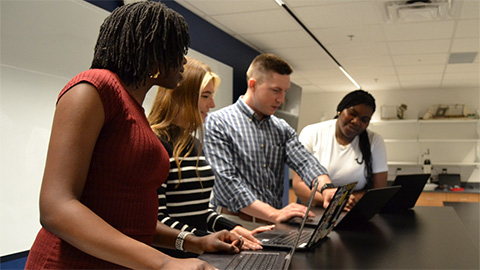
Debugging my code and teaching with ChatGPT
AI tools like ChatGPT have changed the way an assistant professor teaches and does research. But, he asserts that real growth still comes from struggle, and educators must help students use AI wisely — as scaffolds, not shortcuts.

AI in the lab: The power of smarter questions
An assistant professor discusses AI's evolution from a buzzword to a trusted research partner. It helps streamline reviews, troubleshoot code, save time and spark ideas, but its success relies on combining AI with expertise and critical thinking.
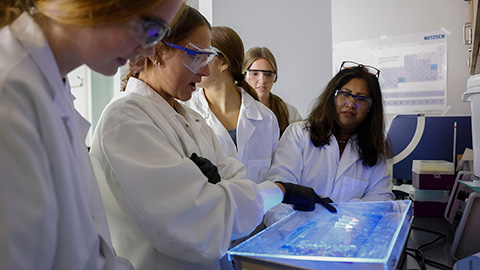
How AlphaFold transformed my classroom into a research lab
A high school science teacher reflects on how AI-integrated technologies help her students ponder realistic research questions with hands-on learning.
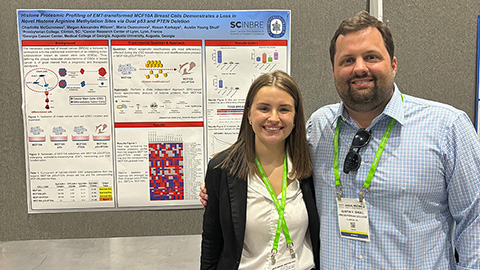
Writing with AI turns chaos into clarity
Associate professor shares how generative AI, used as a creative whiteboard, helps scientists refine ideas, structure complexity and sharpen clarity — transforming the messy process of discovery into compelling science writing.
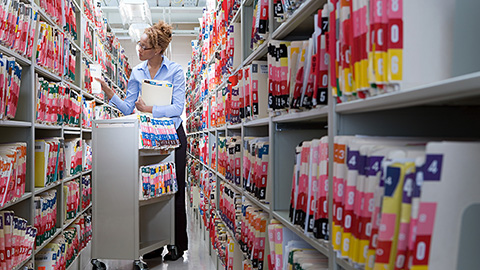
Teaching AI to listen
A computational medicine graduate student reflects on building natural language processing tools that extract meaning from messy clinical notes — transforming how we identify genetic risk while redefining what it means to listen in science.

